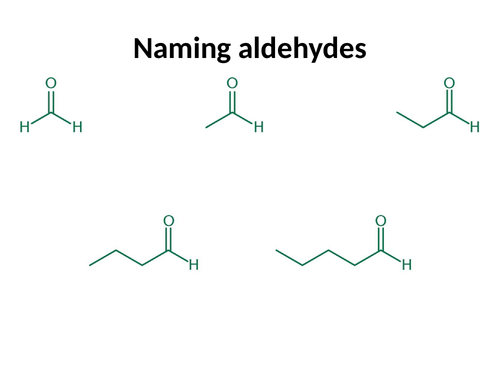


A complete lesson including starter activity, mini AfL work tasks with answers, main work tasks with answers for a KS5 lesson on isomers (structural isomers and stereoisomers). Suitable for the AQA specification
By the end of the lesson students should be able to:
Know the what structural isomers and stereoisomers are
Describe the three different ways in which structural isomers can occur
Construct formulae of positional, functional group or chain isomers and stereosiomers of alkenes
Students will be able to take rich notes on isomers, building on their KS4 knowledge on this topic
The teacher will be able to quickly assess students’ understanding on isomers by carrying our mini AfL tasks either on mini white boards or in students’ books
Declaimer: Please refrain from purchasing this popular resource for an interview lesson or a formal observation. This is because planning your own lessons, including using your own lesson PowerPoints, is a fundamental skill of a qualified/unqualified teacher that will be assessed during the scenarios outlined above
Something went wrong, please try again later.
Loved this resource. Would have given it 5 stars but some of the answers to the tasks were incorrect - wrong structures shown.
Report this resourceto let us know if it violates our terms and conditions.
Our customer service team will review your report and will be in touch.